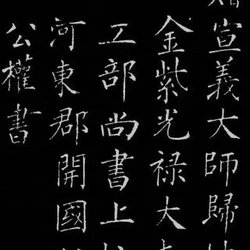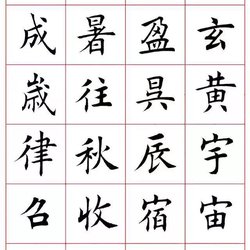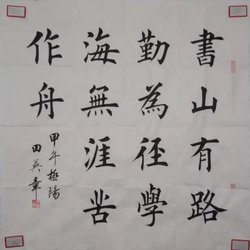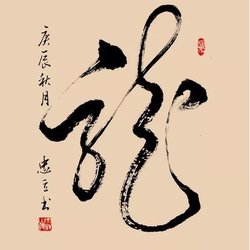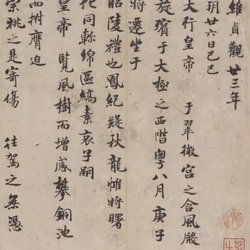Hard pens mainly include fountain pens, ballpoint pens, dip pens, pencils, plastic pens, bamboo pens, wooden pens, stylus pens, etc., using ink as the main carrier to express writing skills. It has the characteristics of easy carrying, fast writing, and wide use value. The difference between it and the soft pen is that the thick stipples of the soft pen are transformed into thin stipples, and the muscles are removed and the bones are retained.
1. Origin
Regarding the origin of hard-pen calligraphy, many people believe that it can be traced back to ancient times when people used stone flakes and knives to carve turtle shells and animal bones, and this proves that hard-pen calligraphy is an art form that preceded brush calligraphy. But after all, knives and stone flakes are far from the hard-pen writing tools we use now. There are still certain differences between carving and writing. This is why calligraphy and seal cutting are always two arts, although they are inextricably linked. In comparison, we prefer to trace the history of seal cutting back to the oracle bone era.
2. Features
(The characteristics of hard-pen calligraphy are mainly compared with brush calligraphy)
1. Since the tip of a hard pen is made of relatively hard material, its line changes are not as large as those of a soft pen;
2. Since the hard pens commonly used are mainly fountain pens, ballpoint pens, pencils, etc., the lines are much finer than those of a brush, so the fonts are much smaller, even smaller than the regular script of a brush; 3. , Due to the material of the pen, hard pens are easier to control than brush pens.
3. Due to the material of the pen, hard pens are easier to control than brush pens.
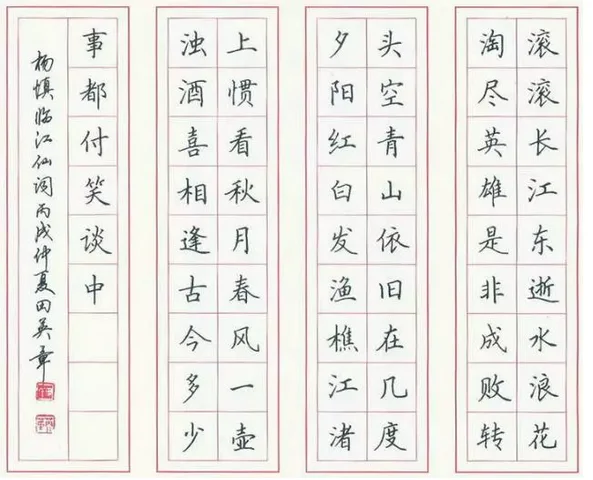
Hard-pen calligraphy emerged in the 1980s. The techniques and methods of calligraphy have been accumulated in the inscriptions of past dynasties. Only by learning from them can we avoid detours and get twice the result with half the effort.
1. Pang Zhonghua is a master of pen writing
Use the pads of your thumb and index finger and the sides of your middle finger to pinch the penholder from three sides. With your ring finger and middle finger close to your middle finger, place your hand on the table with the penholder tilted and sit down to read. The brush is held with five fingers, and the force is gathered from all sides. The fingers are strong and the palm is empty. The penholder is upright. If the wrist is raised, the writing can be done while standing or sitting. Brushwork. The characteristics of the hard pen itself and the posture of holding the pen determine the difference between hard pen calligraphy and brush calligraphy. The main differences are as follows:
(1) The thickness of the strokes varies little, so do not press too hard when writing;
(2) There is no need to excessively pursue the effects of hiding the front, returning the front, stopping the pen, folding the pen, etc., and stop when you are satisfied;
(3) The writing speed is accelerated.
1. Sitting posture
There must be three "ones": the eyes are one foot away from the writing paper; the pen tip is one inch away from the finger holding the pen; and the chest is one punch away from the edge of the desk.
Let’s take a look at the works of several hard-ink calligraphers
Tian Yingzhang
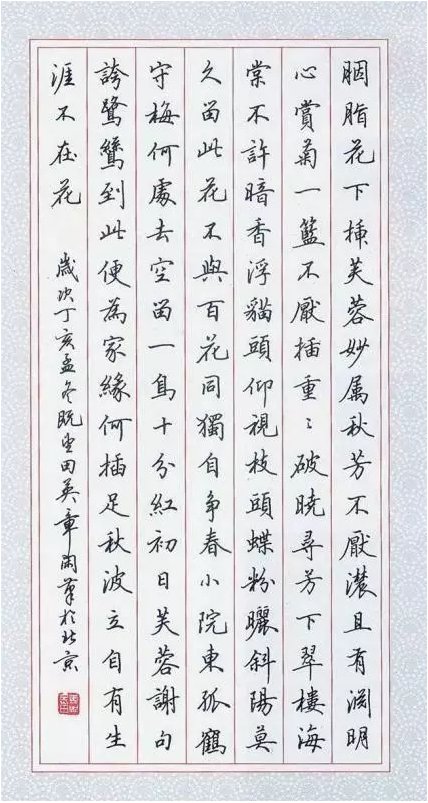
Jing Xiaopeng
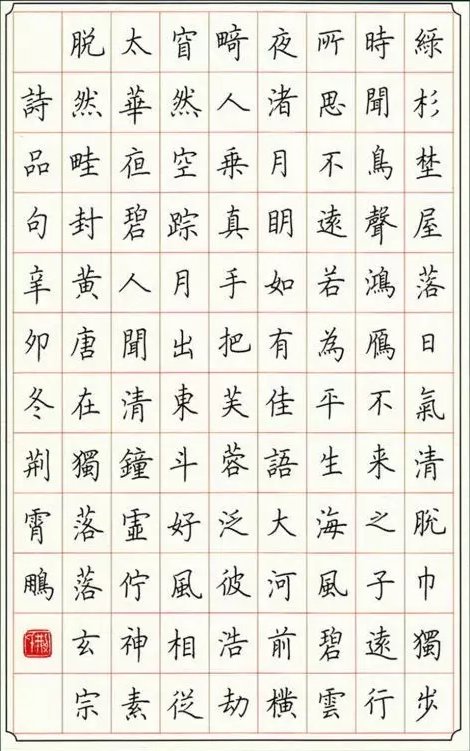
Lu Zhongnan
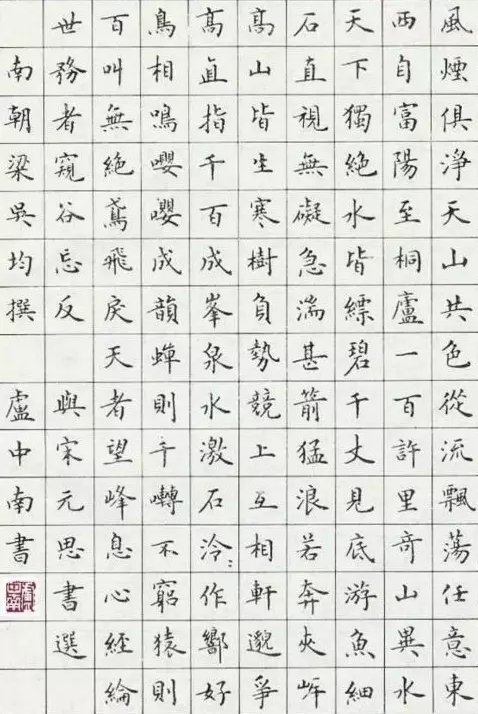
Qiu Yin
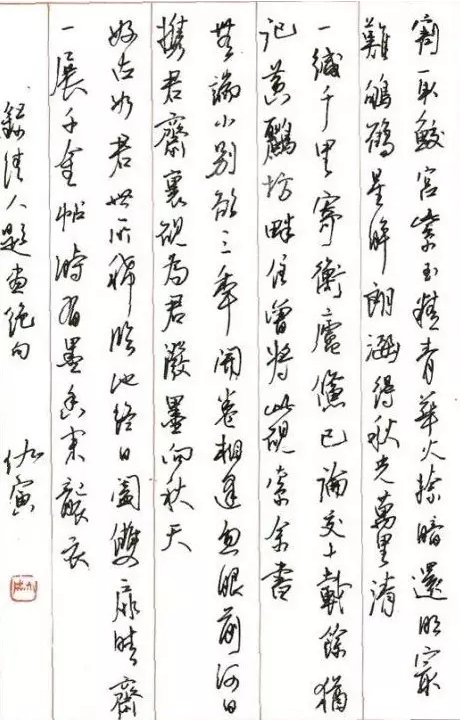
Hard-pen calligraphy can also be practiced using calligraphy brushes, or both can complement each other. The following are soft-pen copybooks that can be used for hard-pen copying:
"Le Yi Lun" Wang Xizhi
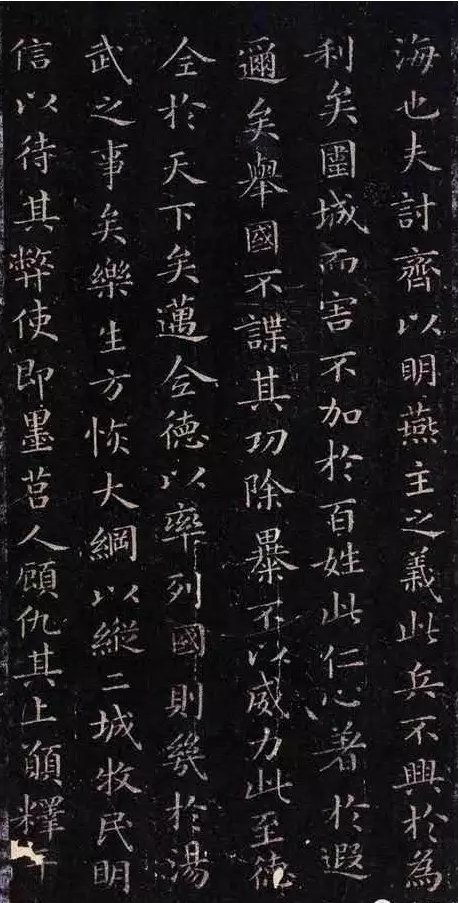
"Ling Fei Jing"
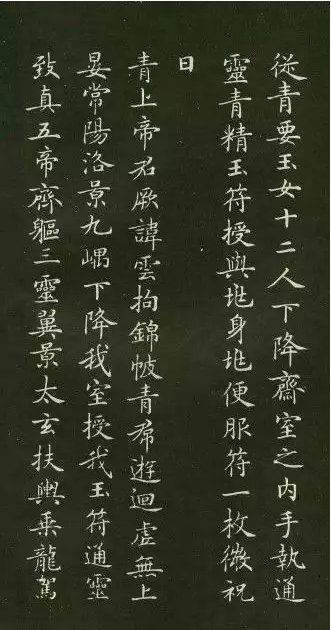
Have you ever heard of the hard-pen calligraphy test?
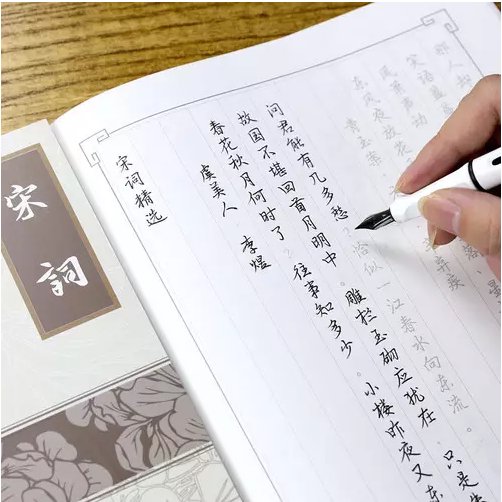
1. Elementary level (Level 1~3)
Choose or copy (in block letters), the font structure should be straight and well-proportioned. The rules and regulations are relatively reasonable. No typos. There are different degrees of severity in stipple painting. The structural arrangement is relatively reasonable. Can initially coordinate the relationship between the content of the work and the location of the signature, so that the overall layout is relatively unified and complete. Copying works require accurate expression according to the characteristics shown in the copybook.
2. Intermediate (Level 4~6)
It mainly assesses learners’ practical skills in Chinese character hard-tipped calligraphy.
On the basis of regular script training, through copying, you will gradually transition from running regular script to running script writing and structure training, and master two practical fonts, running script and regular script, to achieve beautiful stroke shapes, reasonable structure, harmonious and rhythmic layout of chapters, and at the same time Master the basic knowledge of calligraphy.
3. Advanced (Level 7~9)
It mainly assesses learners’ creative level of Chinese character hard-tipped calligraphy.
By copying classic calligraphy works from past dynasties, we focus on training the structure of Chinese characters and the composition of the works. It is required to master two or more fonts, achieve precise strokes, natural strokes, exquisite structure, legality, harmonious organization, and clever layout. At the same time, master the basic common sense and related knowledge of Chinese characters and calligraphy.

